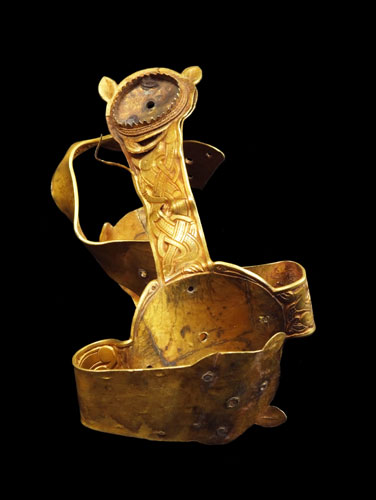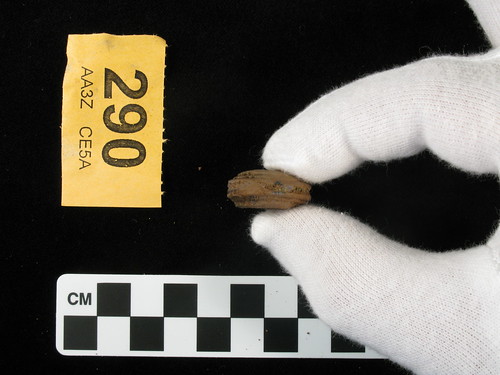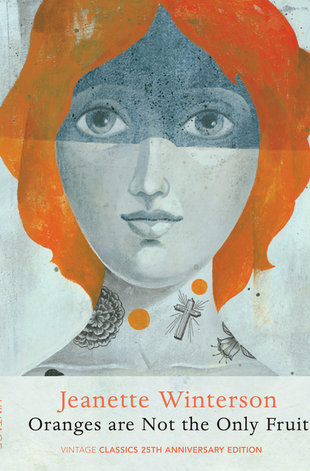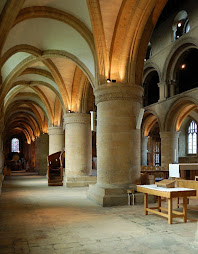 An especially deep plowing is suspected to have brought the buried treasure close to the surface this year.
An especially deep plowing is suspected to have brought the buried treasure close to the surface this year.An unemployed man with a metal detector in July unearthed the largest cache of Anglo-Saxon artifacts ever found in Britain. The lucky strike includes over 1500 objects, mostly of precious metals and gemstones, probably buried around AD 700 for safekeeping. Word of the discovery only went out today with an unveiling at the Birmingham Museum and Art Gallery. Since Terry Herbert first notified the portable antiquities scheme professional archaeologists have been working covertly in the field where the objects were found to try uncover more information about what took place there 1300 years ago. The exact location still remains secret and the Home Office is overseeing the excavations to keep out would-be looters.
 Many of the precious objects were used to decorate swords, probably the spoils of warfare around the Midlands kingdom of Mercia. (from the BMAG flickr stream)
Many of the precious objects were used to decorate swords, probably the spoils of warfare around the Midlands kingdom of Mercia. (from the BMAG flickr stream) The overwhelming collection has been designated as "treasure" and thus belongs to the State. However, British museums will bid to take possession of the hoard. The final price will be divided between Mr. Herbert and the farmer who owns the field in which the find was made. These objects will keep curators, archaeologists, and art historians busy for years conserving and inspecting each piece for new historical insights into the so-called Dark Ages. The museum has great images of some of the treasure on flickr. The Guardian also has a slideshow, as does The Times.
 The twisted state of this cross decorated with interlace lead researchers to surmise it was plundered as gold booty. I assume the item was removed from the cover of a gospelbook.
The twisted state of this cross decorated with interlace lead researchers to surmise it was plundered as gold booty. I assume the item was removed from the cover of a gospelbook. Small, precious items allowed the ruling classes of Europe to carry and secrete their wealth (from the BMAG flickr stream).
Small, precious items allowed the ruling classes of Europe to carry and secrete their wealth (from the BMAG flickr stream).






.jpg)
No comments:
Post a Comment